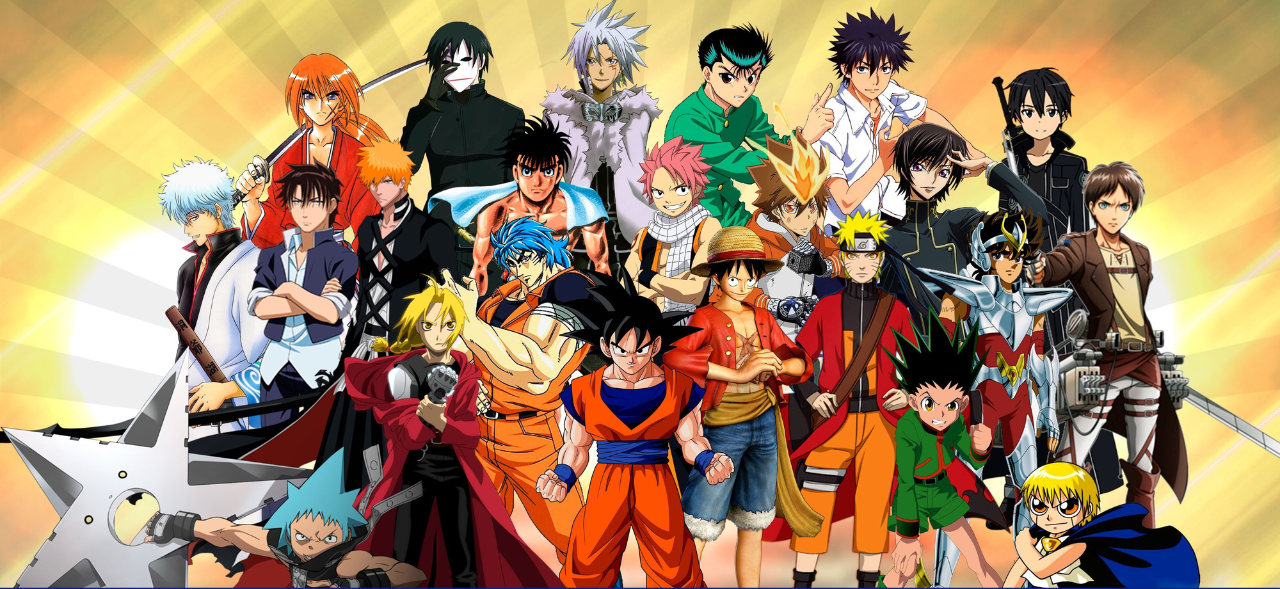The Global Impact of Japanese Animation: How Anime Shaped Pop Culture
Japanese animation, or anime, has transcended its origins to become a global phenomenon, significantly influencing pop culture across the world. From its unique art style and compelling storytelling to its diverse genres and memorable characters, anime has left an indelible mark on the entertainment industry and beyond. This post explores the global impact of Japanese animation and how anime has shaped pop culture on a worldwide scale.
1. The Rise of Anime in Global Pop Culture
Anime began to gain international recognition in the 1980s and 1990s, thanks to the growing availability of Japanese television series and films outside of Japan. Titles like Akira (1988) and Dragon Ball Z (1989) introduced global audiences to the dynamic world of anime, offering something different from the Western animation they were accustomed to. The distinct visual style, complex narratives, and mature themes captivated viewers, leading to a surge in anime’s popularity across the globe.
By the 2000s, anime had firmly established itself in global pop culture, with series like Naruto (2002), One Piece (1999), and Bleach (2004) attracting massive international fanbases. The accessibility of anime through streaming platforms in recent years has further accelerated its global reach, making it easier than ever for fans around the world to enjoy their favorite series.

2. Anime’s Influence on Western Animation and Film
The influence of anime on Western animation and film is profound, with many creators drawing inspiration from Japanese animation techniques, storytelling methods, and character design. Shows like Avatar: The Last Airbender (2005) and Teen Titans (2003) are prime examples of Western animation heavily influenced by anime, incorporating similar art styles, dynamic action sequences, and deep character development.
In Hollywood, anime has inspired numerous filmmakers and writers, leading to adaptations of popular series and films. Although adaptations like Ghost in the Shell (2017) and Alita: Battle Angel (2019) received mixed reviews, they highlight the significant impact anime has had on the global film industry. Additionally, directors like Quentin Tarantino and the Wachowskis have openly cited anime as a major influence on their work, further demonstrating its far-reaching impact.
3. The Cultural Exchange Between Japan and the World
Anime has also played a significant role in cultural exchange, introducing global audiences to various aspects of Japanese culture, from traditional customs and folklore to contemporary societal issues. Series like Spirited Away (2001) and Your Name (2016) offer glimpses into Japanese life and culture, while also exploring universal themes that resonate with audiences worldwide.
This cultural exchange has led to a greater appreciation for Japanese art, literature, fashion, and even cuisine. The global popularity of anime conventions, where fans gather to celebrate their favorite series, cosplays, and merchandise, further illustrates how anime has become a gateway for people to engage with Japanese culture in a meaningful way.
4. The Evolution of Anime Fandom
The global impact of anime is perhaps most evident in the passionate and diverse fanbase it has cultivated. Anime fandom has evolved into a vibrant global community, with millions of fans connecting through social media, fan art, fan fiction, and online forums. These communities have played a crucial role in spreading anime culture, translating and subtitling shows, and organizing fan events that celebrate the medium.
Anime conventions have become major cultural events, drawing attendees from all over the world. These conventions not only celebrate anime but also serve as a space for fans to explore related aspects of pop culture, such as manga, video games, and cosplay. The sense of community and shared passion within anime fandom has been instrumental in driving the global popularity of the medium.
5. The Future of Anime in Global Pop Culture
The future of anime in global pop culture looks incredibly promising. As streaming services continue to invest in anime content, the accessibility and variety of shows available to international audiences will only increase. Additionally, the growing collaboration between Japanese and Western studios hints at a future where anime continues to innovate and reach even broader audiences.
With its unique blend of creativity, storytelling, and cultural expression, anime is poised to remain a dominant force in global pop culture for years to come. As new generations of fans discover the magic of anime, its influence will continue to shape the entertainment landscape and inspire people around the world.
Conclusion
The global impact of Japanese animation is undeniable. Anime has not only reshaped the entertainment industry but has also played a significant role in cultural exchange and the formation of vibrant, diverse fan communities. From its influence on Western animation and film to its role in spreading Japanese culture worldwide, anime has become a powerful force in global pop culture. As the medium continues to evolve, its reach and impact are set to grow even further, solidifying its place as a key player in the world of entertainment.


